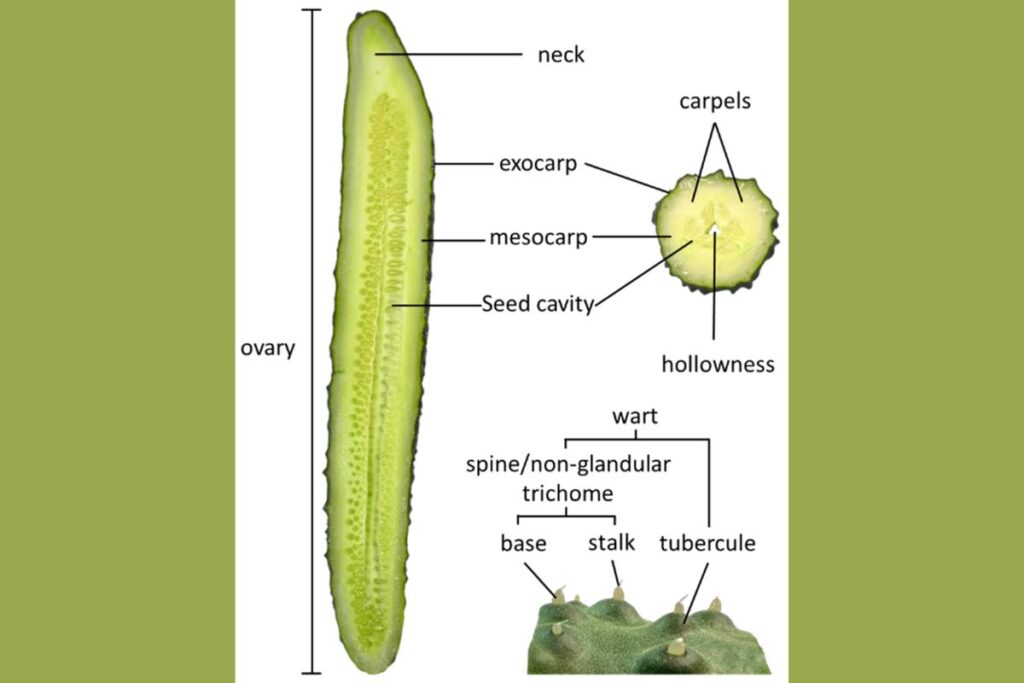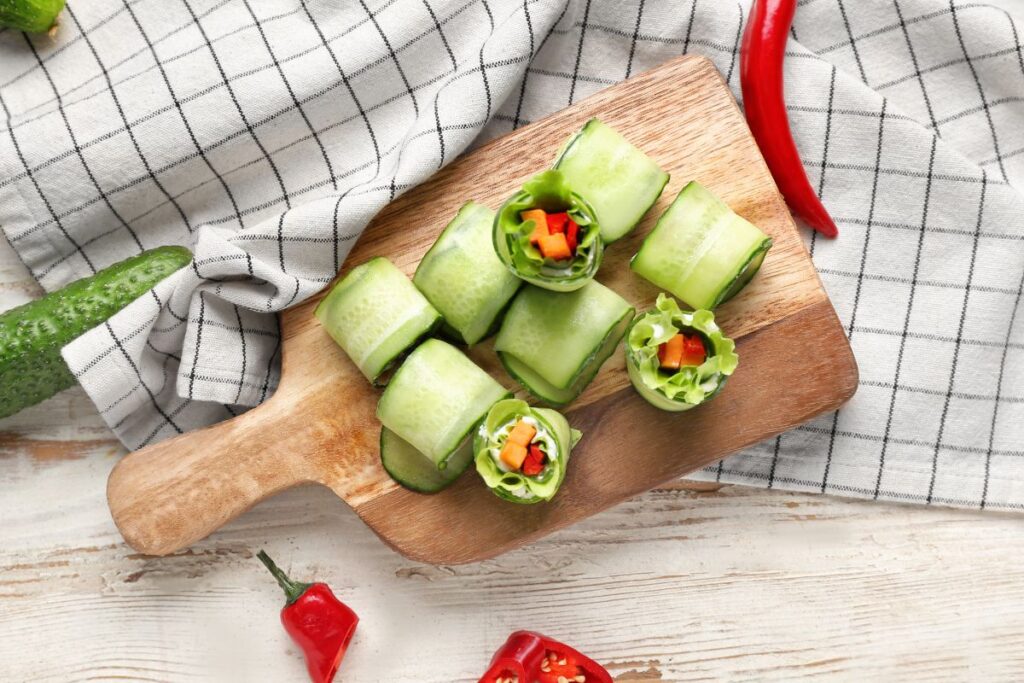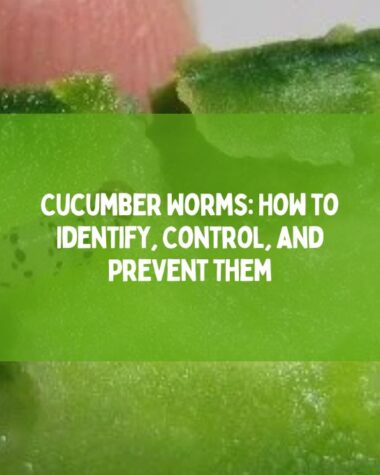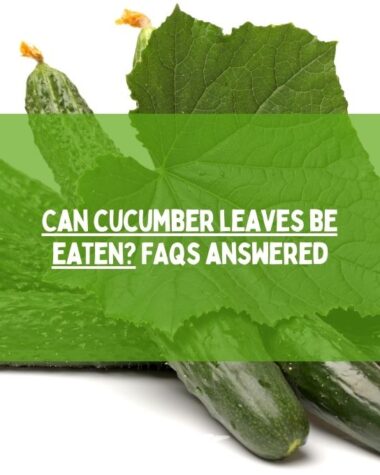Crisp, refreshing, and packed with nutrients, cucumbers have been a staple in cuisines worldwide for centuries. But when it comes to this versatile vegetable, have you ever wondered which part we actually eat?
In this article, we will dive deep into the world of cucumbers, answering the burning question: Which slice of cucumber do we eat? Prepare to embark on an enlightening journey from the anatomy of a cucumber to its culinary uses and nutritional value.
Which Part of Cucumber Do We Eat?
Cucumbers belong to the gourd family, and the part of the cucumber that we typically eat is the fruit. Yes, you read that correctly! Despite its classification as a fruit, cucumbers are commonly perceived as vegetables due to their savory taste and culinary uses. The fruit of the cucumber plant is what we enjoy in various dishes, salads, and beverages.

Cucumbers are characterized by their cylindrical shape, with waxy, green skin and juicy, translucent flesh. Their mild flavor and high water content make them a refreshing addition to many recipes. However, it’s worth noting that not all cucumbers are meant to be eaten raw, as some varieties are better suited for pickling or cooking.
Now that we know the answer to the question “Which part of cucumber do we eat?” let’s explore more fascinating aspects of this versatile vegetable.
Related Reading:
- Can Rabbits Eat Cucumber: A Comprehensive Guide
- Cucumber Allergy: Symptoms, Rash, and Treatment
- Can cucumber leaves be eaten? FAQs Answered
- Is it safe or harmful to cook cucumber?
Anatomy of a Cucumber

To fully understand which part of the cucumber we eat, it’s essential to explore its anatomy. Cucumber consists of several components:
- Skin: The outer layer of the cucumber is its skin. While the skin is edible and contains beneficial nutrients, some people prefer to peel it off, especially if the cucumber is not organic.
- Flesh: Beneath the skin lies the flesh, which is crisp and juicy. This is the part we commonly eat.
- Seeds: Cucumbers contain numerous small seeds embedded in the flesh. The seeds are edible and contribute to the cucumber’s texture.
- Stem end: The stem end is the point where the cucumber was attached to the plant. It is typically cut off before consuming the fruit.
Culinary Uses of Cucumbers

Cucumbers are incredibly versatile in the culinary world. They can be enjoyed in various ways, both raw and cooked. Here are some popular culinary uses of cucumbers:
- Salads: Cucumbers add a refreshing crunch to salads. They can be sliced, diced, or even spiralized to create interesting textures.
- Sandwiches and Wraps: Thinly sliced cucumbers are a common addition to sandwiches and wraps, providing a cool and crisp element.
- Pickles: Cucumbers are excellent candidates for pickling. The pickling process transforms the cucumber into a tangy and flavorful treat.
- Soups: Cucumbers can be used in chilled soups, such as gazpacho, to enhance their refreshing nature.
- Beverages: Cucumbers can be blended or juiced to create refreshing beverages, such as cucumber-infused water or smoothies.
Nutritional Value of Cucumbers
Cucumbers are not only hydrating but also offer a range of essential nutrients. Here’s a breakdown of their nutritional value per 100 grams:
- Calories: Cucumbers are low in calories, with approximately 16 calories per 100 grams.
- Water Content: Cucumbers are approximately 96% water, making them an excellent choice for hydration.
- Vitamins: Cucumbers are a good source of vitamins, particularly vitamin K and vitamin C.
- Minerals: Cucumbers contain minerals such as potassium, magnesium, and manganese.
- Antioxidants: Cucumbers contain antioxidants, including flavonoids and tannins, which contribute to their health benefits.
Now that we’ve explored the nutritional value of cucumbers, let’s move on to some frequently asked questions about eating cucumbers.
Related Reading:
- Why Eggplant Is King of Vegetables: Unveiling the Majesty of Aubergine
- A Complete Guide On Grow Pumpkin Indoors
- Growing Zucchini And Tomatoes Together Companion Planting
- Green Tomatoes: Exploring the Characteristics, Varieties, and Uses
Conclusion
In conclusion, the answer to the question “Which part of cucumber do we eat?” is the fruit of the cucumber plant. Cucumbers are a delicious and nutritious addition to various dishes, providing a refreshing crunch and numerous culinary possibilities.
From salads to pickles, soups to beverages, cucumbers are incredibly versatile and offer numerous health benefits.
So, the next time you reach for a cucumber, remember that you’re indulging in the fruit of a remarkable plant that has been enjoyed by cultures worldwide for centuries. Embrace the cool, crisp goodness and savor the flavors it brings to your palate.







